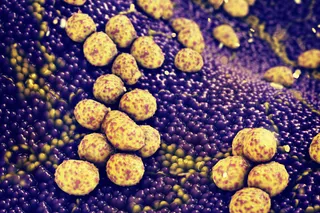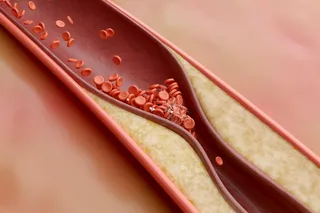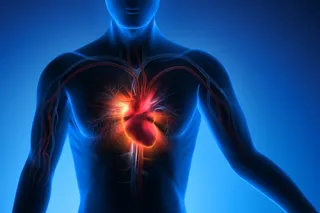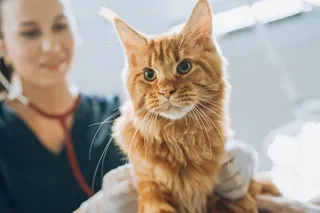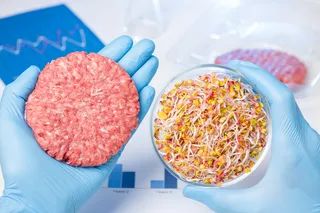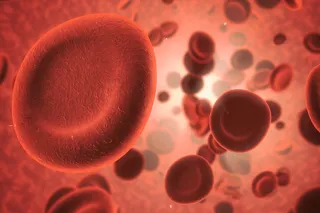The development of the microscope in the 17^th century magnified our awareness of a microbial universe previously invisible to the naked eye. Anton van Leeuwenhoek, a Dutch textile draper and science hobbyist, was one of the first individuals to glance into the microbial looking glass and identify unicellular organisms (so-called animalcules) such as protozoa and bacteria [1]. His colleague, Robert Hooke, went on to publish the seminal text, Micrographia, which described his observations of microfungi [2]. Two centuries later, Louis Pasteur validated the role of microbes in fermentation. However, Pasteur also gave weight to Ignaz Semmelweis’ controversial germ theory of disease stating that microbes have the capacity to cause pathological effects on our human health [3].
Early microbial drawings by Anton Van Leeuwenhoek [Photo Credit: Yale University Press] These early studies in microbiology have provided significant insight on the human-microbe interaction characterized by either mutually beneficial or lethal outcomes. The ...



